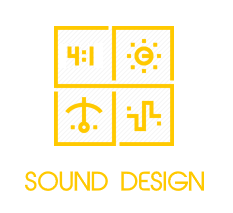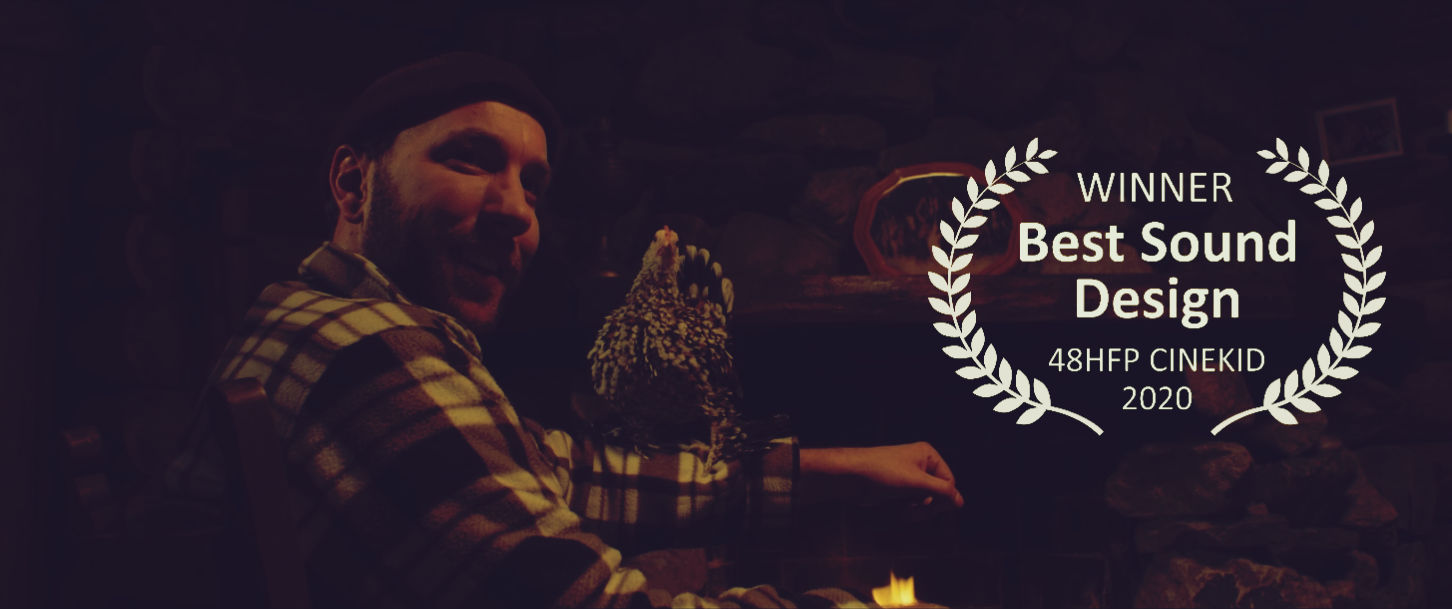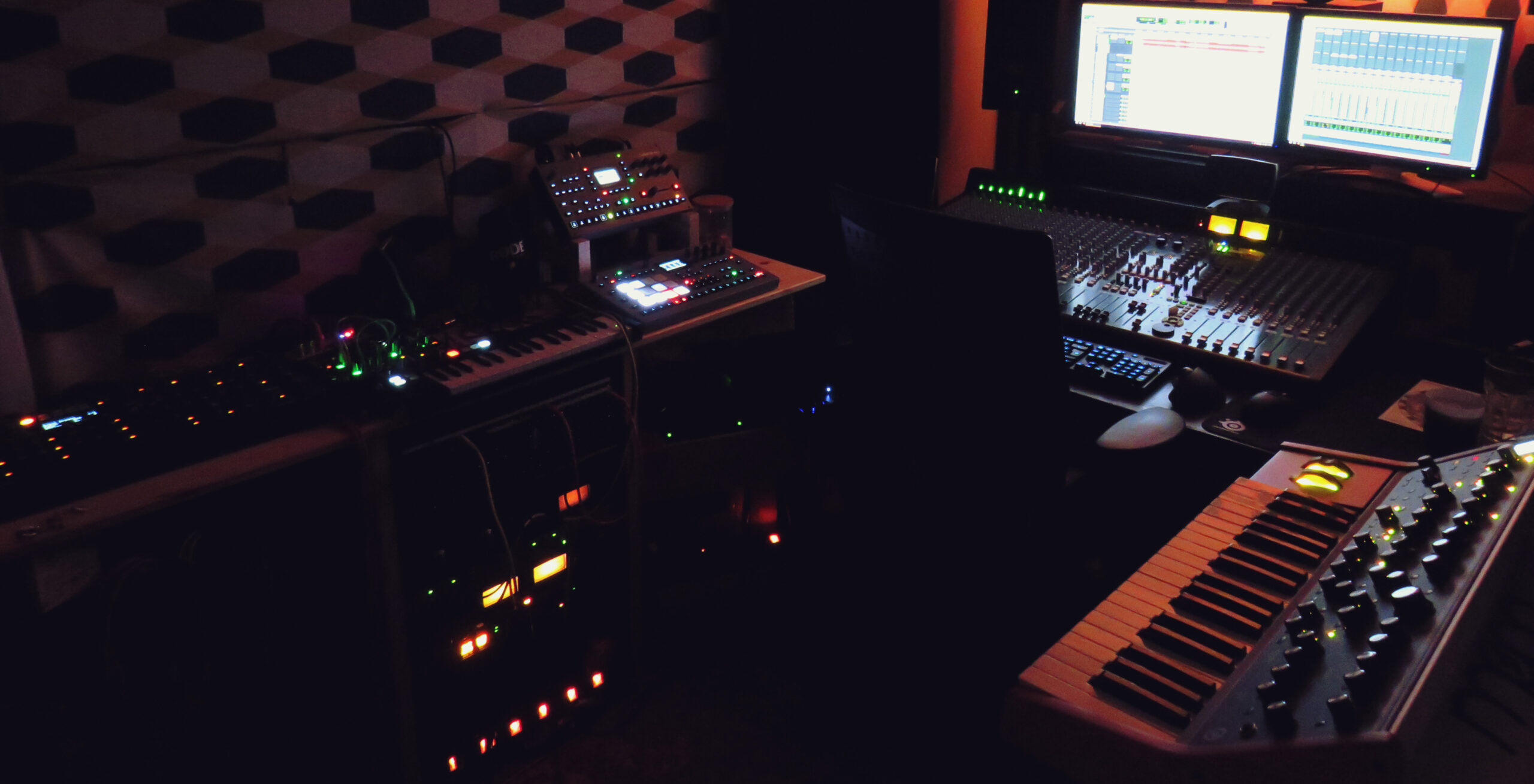Creating sound is inherently subjective and therefore needs to be linked to art, you have to put it in front of people to be judged like music and theatre.
The skill set required to produce sound - but not musical sound - is similar to the production of music but now, sound design has become its own art form, recognized for what it contributes to media. Sound design is on equal appeal with music in the popular culture.
The same way a musician will develop a style or multiple styles over a lifetime that incorporates all of life's experience, I too have a style that's ever evolving.
So far it has evolved into a style of sound design that runs the gamut - from musical instruments to musical sounds to random or designed sounds I've recorded. Sounds that are played or generated by channeling my expression through it. That can mean hitting something with a hammer or stroking it with a bow. Although - from experience - after smashing something to bits with a hammer there's often little use for strumming what's left with a bow.
But! I can bend and stretch the sounds into phrases in their own right until they became more musical, until you feel a piece of music is made of the sounds.

Let's break Sound Design for media down into a couple of parts. First there are traditional Foley sound effects that follow literal movements or actions on screen accompanied with sound effects that accompany the on-screen action but do not actually match it. These are called diegetic effects.
These effects tell us details about the interior world and the experiences of its characters are revealed explicitly through the narrative they tell. Think of it as narration through sound: effects recount the story. This can lead to a soundscape that detaches from the story of both the speaker and the audience, with sound effects taking the lead in expounding the narrative.
"I've made effects before by routing signals counter to popular wisdom - or the constraints of electrical engineering - and they turned out to be fire."
Then there are non-diegetic effects. This is everything that informs us about the exterior world. Roughly speaking everything outside the realm of the narrative. If I were standing in a forest it is implied we hear rustling and maybe a bit of wildlife, no matter what the story dictates I'm doing there. If I'm on a busy sidewalk on mainstreet there is probably hubbub around me. These effects take place outside the space of the narrative. Think of it as people talking off-screen or a phone ringing in a busy office.As
As a Sound Designer my aim is to ensure clarity of story, clarity of emotions — I try to achieve that in a very layered way using all the different sonic elements at my disposal. Whether that means I get to stick my mics in a freezer or a set of hydrophones in a frozen lake depends on the budget. What does not depend on the budget is how I approach sound: in an impressionistic way and altough that is an unusual approach for mainstream media, I feel it’s the right approach for experiential media since it puts our sensory perception at the forefront of the experience. You should feel a bass impact. You should feel the air being sucked out of the room at tense moment. The should feel a moment of dead-quiet. Whatever I crank out of my speakers should hit it's mark and leave an impression.

Since Sound Design is largely an art of translating a directors vision into a sonic experience, it is the part where magic needs to happen and sounds are born.
Getting to a good sound design for your project means allowing for time to do some sonic exploration and experimentation. Putting sounds through the wringer with things like: EQ, Dynamics processing, Coloration, Distorting, Delay, Reverb, Echo, pitch based effects, granular effects, re-sampling, re-amping, any for of digital or analog signal processing.
I've made effects before by routing signals counter to popular wisdom - or the constraints of electrical engineering - and they turned out to be fire.

As a Supervising Sound Editor I'm responsible for the finished sound. The process involves selecting, polishing, and assembling the three primary elements of your production - recorded dialogue, sound effects, and music — into a complete, integrated soundtrack. Therefore involving me in this role when developing a vision for you sound will allow us to maintain intergrity of that vision throughout the project.
In later stages - once sound effects have been added, the music recorded or licensed, and all cuts and changes have been approved - I begin the painstaking process of fashioning a final soundtrack from the many sonic components. These include production sound (the dialogue and ambient noises captured during shooting), Foley (reproduced sounds), ADR (automated dialogue replacement), walla (crowd noises), sound effects, and music.
On smaller budget productions a supervising sound editors may do sound editing themselves. When working on larger scale projects their primary job is to oversee the work of a full team of dialogue editors, sound effects editors, and music editors, ensuring that post-production sound stays on schedule.
Once the effects and dialogue are pristine and perfectly implemented, the supervising sound editor stitches them together with the composer's score and the music supervisor's song selections, creating a complete sonic experience. When the sound editor's job is finished, the completed soundtrack is sent off to a re-recording mixer to be balanced and mastered, a process for which the supervising sound editor is likely to be present.